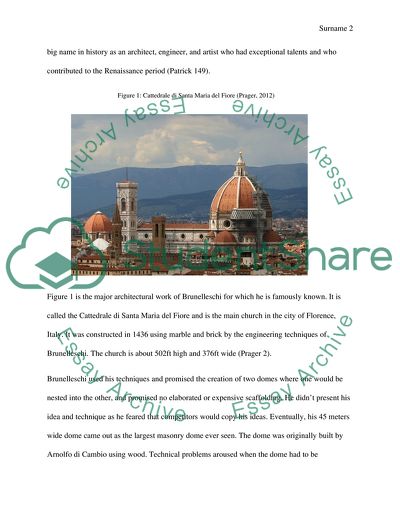Cite this document
(Biography on Artist Filippo Brunelleschi Coursework, n.d.)
Biography on Artist Filippo Brunelleschi Coursework. https://studentshare.org/visual-arts-film-studies/1869595-biography-on-artist-filippo-brunelleschi
Biography on Artist Filippo Brunelleschi Coursework. https://studentshare.org/visual-arts-film-studies/1869595-biography-on-artist-filippo-brunelleschi
(Biography on Artist Filippo Brunelleschi Coursework)
Biography on Artist Filippo Brunelleschi Coursework. https://studentshare.org/visual-arts-film-studies/1869595-biography-on-artist-filippo-brunelleschi.
Biography on Artist Filippo Brunelleschi Coursework. https://studentshare.org/visual-arts-film-studies/1869595-biography-on-artist-filippo-brunelleschi.
“Biography on Artist Filippo Brunelleschi Coursework”. https://studentshare.org/visual-arts-film-studies/1869595-biography-on-artist-filippo-brunelleschi.


